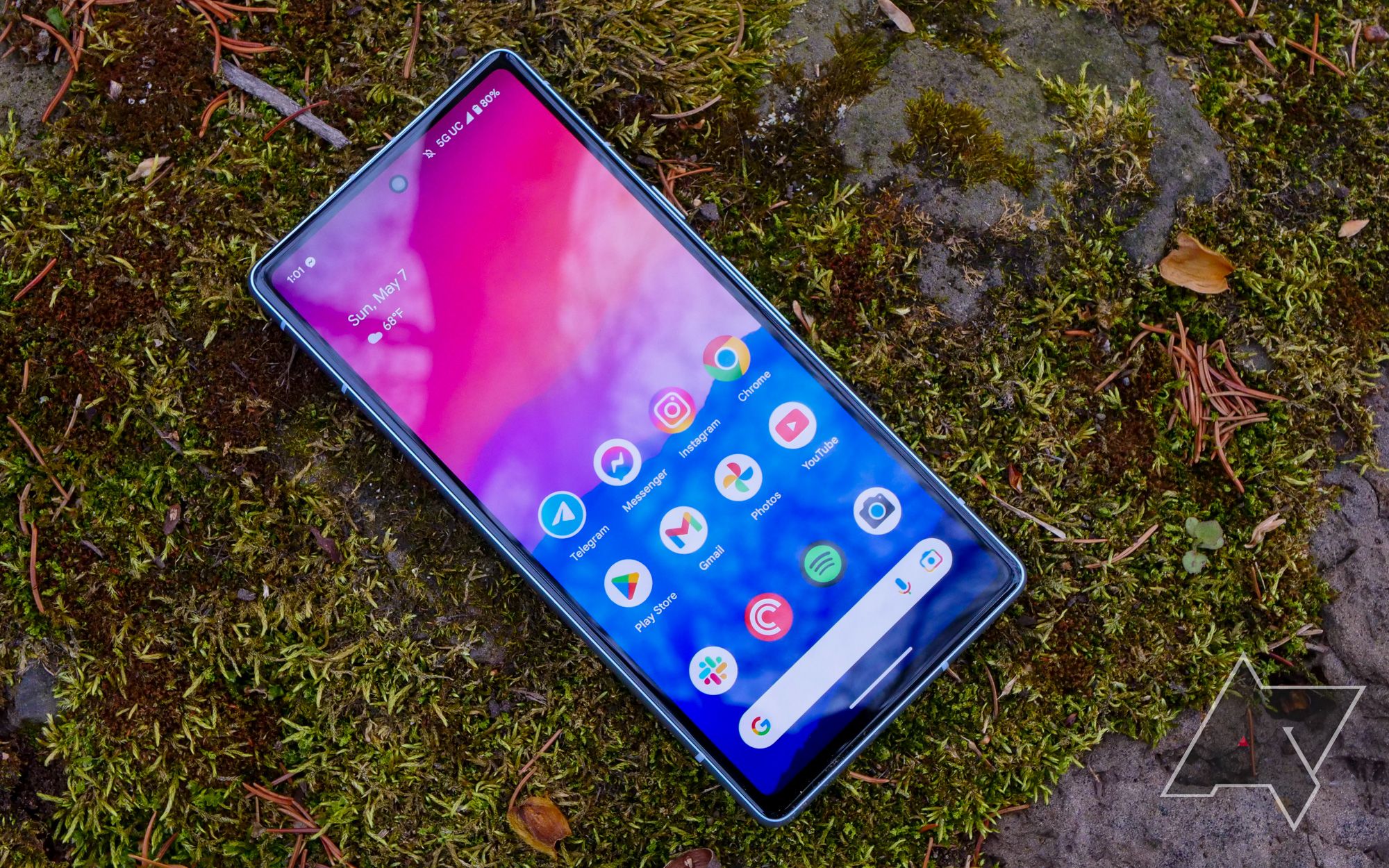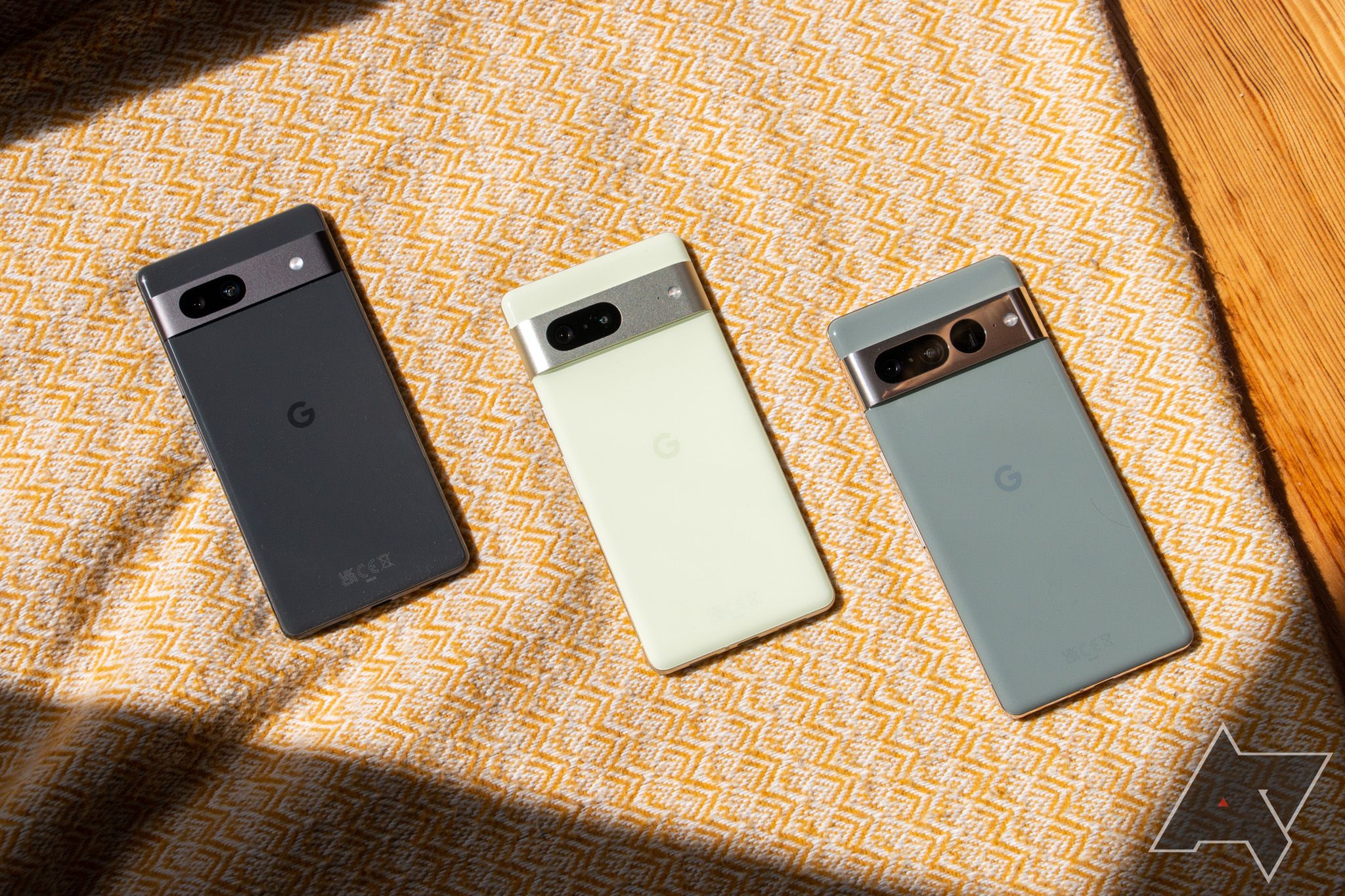A lot is at stake with Google’s Pixel 9 series. The company is gearing up to refresh its flagship smartphones by offering three high-end devices for the first time alongside a rebranded foldable device. Changing positioning is never easy, but it may be even harder for Google, as its phone models often struggle to differentiate themselves. This is why the Pixel 9a shouldn’t exist.
Admittedly, it might be a little premature to talk about the Pixel 9a when the 8a hasn’t launched yet, but that’s when the trouble starts. Google’s approach to Pixel smartphones is to launch high-end flagship models in the fall, followed by affordable models next summer. So while the Pixel 8 and 8 Pro have been on sale since October 2023, the Pixel 8a could be announced at Google IO in mid-May. It’s fine to have a half-year lag between the top and bottom variants, but the problem is that there’s very little uniqueness when you compare them. Here’s why:
A classic case of cannibalism?
A series of Google Pixel 8a leaks suggest that it will be very similar to the Pixel 8 in many ways. A relatively small 120Hz screen, the same Tensor G3 chipset with 8GB RAM, a standard 4,500mAh battery, and an ultra-wide rear camera all work with a big helping of AI.
Essentially, every aspect that smartphone OEMs seek to differentiate has an equivalent point within Google’s Pixel lineup. The only differences between the two appear to be the material choice (glass vs. plastic), slightly different dimensions, and slightly slower charging. There are also new rumors that the Pixel 8a will be more expensive than the previous model, making it hard to notice any major differences. There is also a risk that Google will price itself out of the budget smartphone market, a segment that has been a stepping stone for Google, particularly in North America.
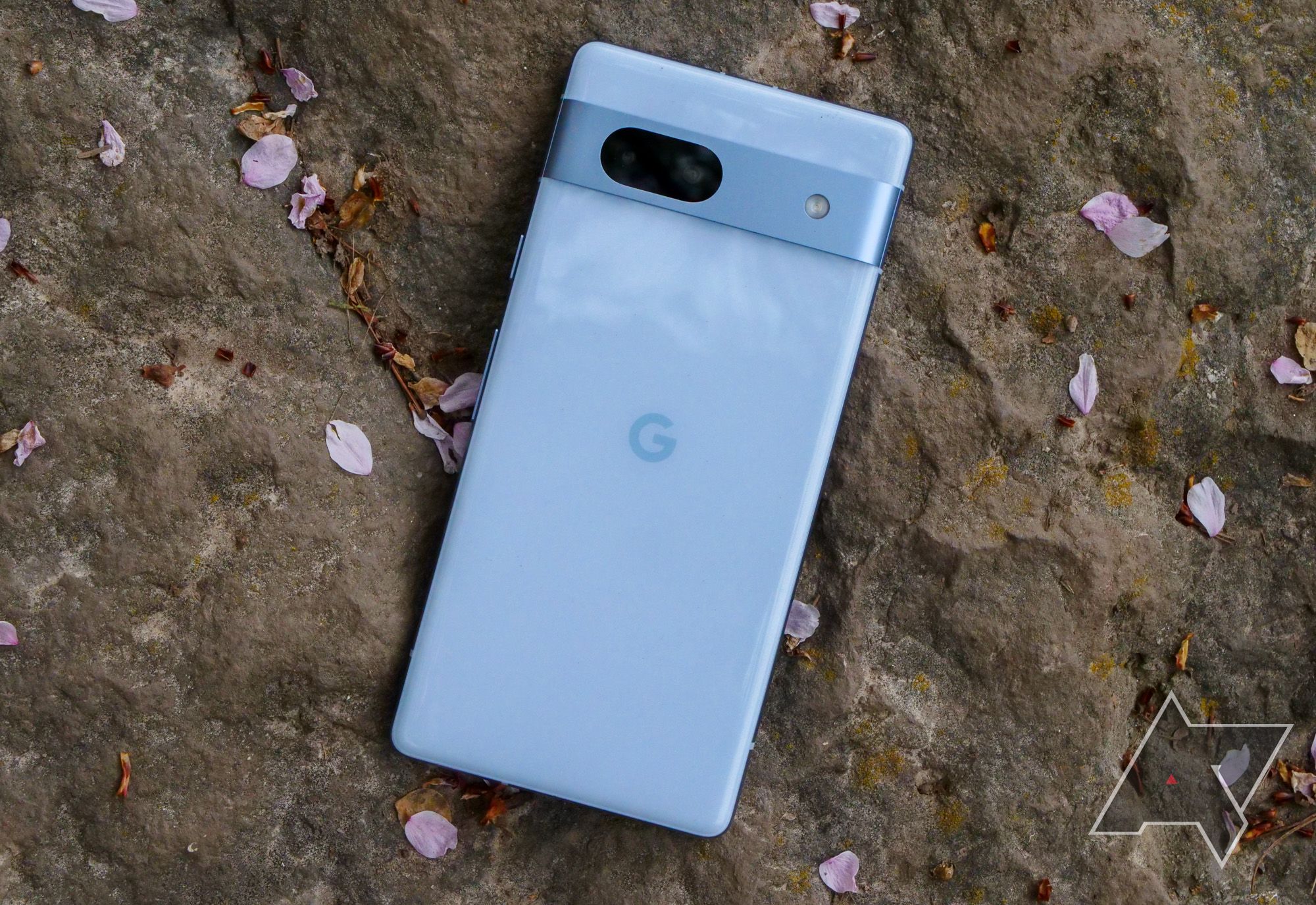
Pixel 8a price could be about the same as Google’s 2022 flagship
Get ready to pay more for the next A-series entry
So in a situation where consumers have to choose between the Pixel 8 and Pixel 8a, Google isn’t pushing hard for the more expensive option — and that’s the problem. Google’s smartphone division is just starting to find its feet and needs all the money it can get. But this is the opposite of an upsell.
too many choices
Rendered images of Pixel 9 leaked.
If this wasn’t annoying enough, it looks like Google is about to launch three Pixel 9 devices later this year, making it even more confusing for consumers. According to a new report, the 2024 flagship lineup will include the vanilla Pixel 9, the Pixel 9 Pro in a new compact avatar, and the larger (and hopefully much better) Pixel 9 Pro XL.
If history is any indication, the only difference between the two small smartphones will be the number of rear cameras, and the two Pro smartphones will be two different sizes. Aside from some slight differences in battery size and charging speed, that’s about how the three phones ladder up. While it’s nice to see Google working on a premium, compact Android smartphone, it’s only made the process even more confusing. Considering how Google has managed the Pixel 8 and 8 Pro, it wouldn’t be out of the question to reserve certain software features for the Pro version.
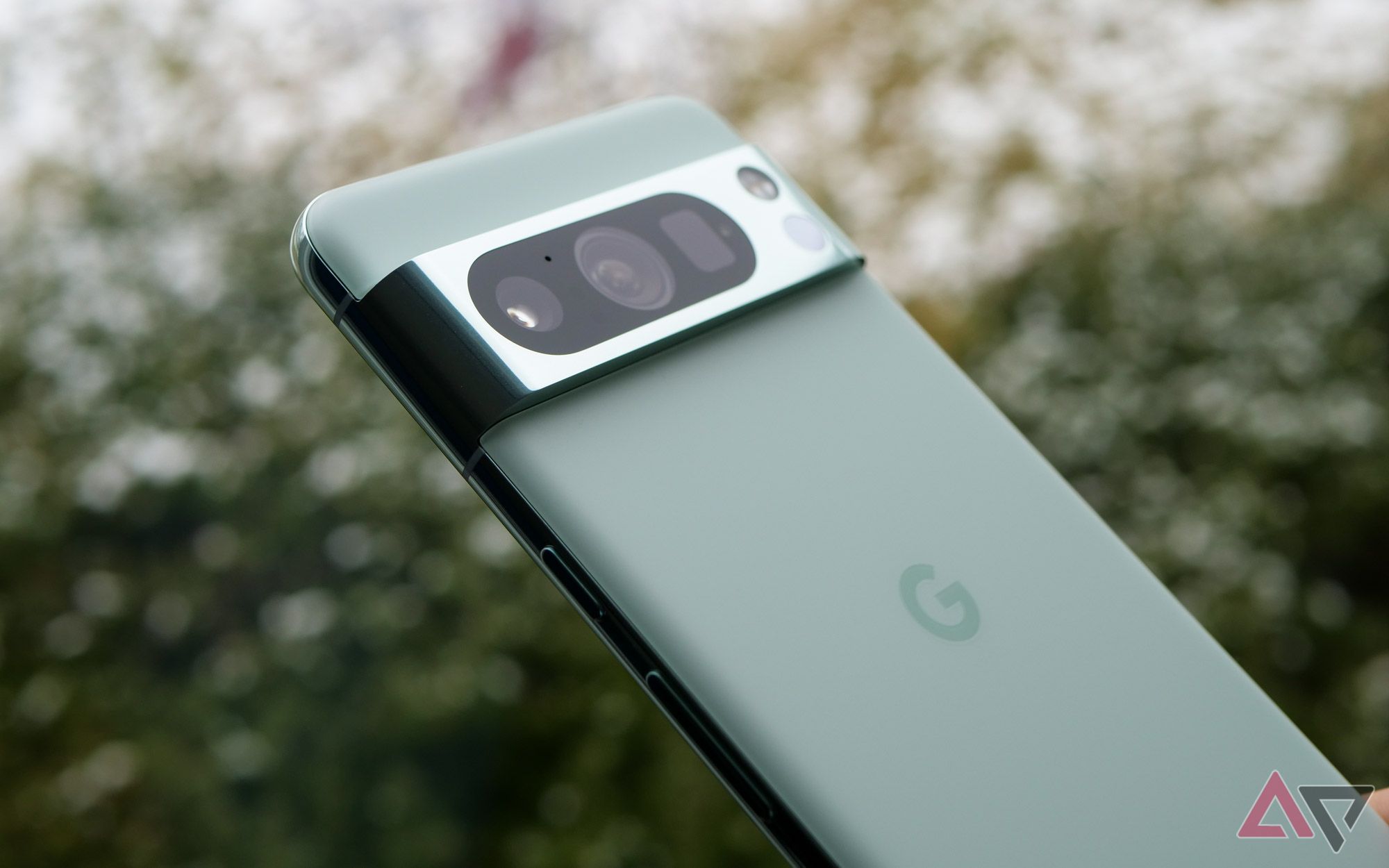
Pixel 9 Pro could be the premium compact Android smartphone we’ve been waiting for
A worthy rival for the iPhone 16 Pro
Now imagine what a consumer would experience if they had to choose between them. three Similar smartphones like the Pixel 9, Pixel 9 Pro, and Pixel 9a all have the same dimensions, the same chipset, similar battery size, and the same software. That’s exactly what will happen when Google launches his Pixel 9a in the summer of 2025. It’s too confusing and given the price range it’s just not possible.
I recommend?Please skip completely
There are better ways to phase in products at different price points in a way that is more profitable for manufacturers and easier for users to understand. By skipping the Pixel 9a, Google will allow his three other members of his Pixel 9 family to occupy their respective segments without facing the risk of cannibalization.
From a supply chain and manufacturing perspective, the benefits can be even greater. Google should sell the same model until summer, and then consider lowering the price of the vanilla Pixel 9 to occupy the sub-$600 segment. Google should be able to offset the proposed price cuts because it would enjoy higher economies of scale and a simpler supply chain in exchange for designing, manufacturing, and supporting an entirely new phone.
And when the time comes for the Pixel 10 series to be announced, the Pixel 9 could remain in the ecosystem as an A-series replacement, making it a cheap yet premium option for those looking to save money on their next smartphone. Masu. This takes away one of the best pages from the iPhone strategy, and it’s one of the reasons Apple is able to earn higher profit margins without alienating any market segment. Google’s Pixel division is still very small, so an effort like this might be worth considering.
-
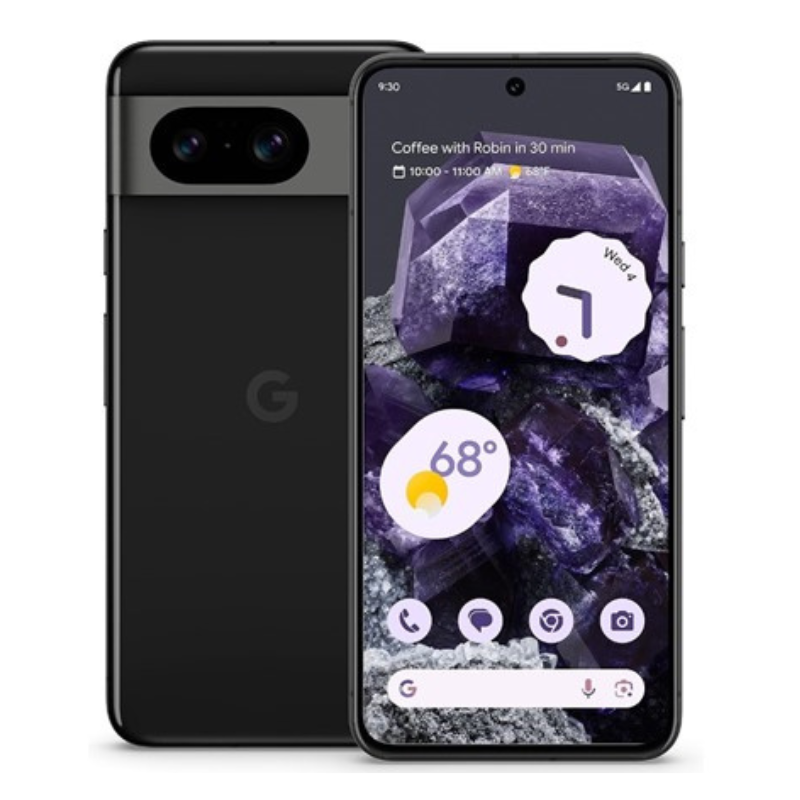
google pixel 8
$549 $699 Save $150
The Google Pixel 8 is Google’s best phone yet, and the most obvious regular model when compared to the Pro version. It has a nice form factor that fits well in your hand and has the usual software features you’d expect from a Pixel.
-
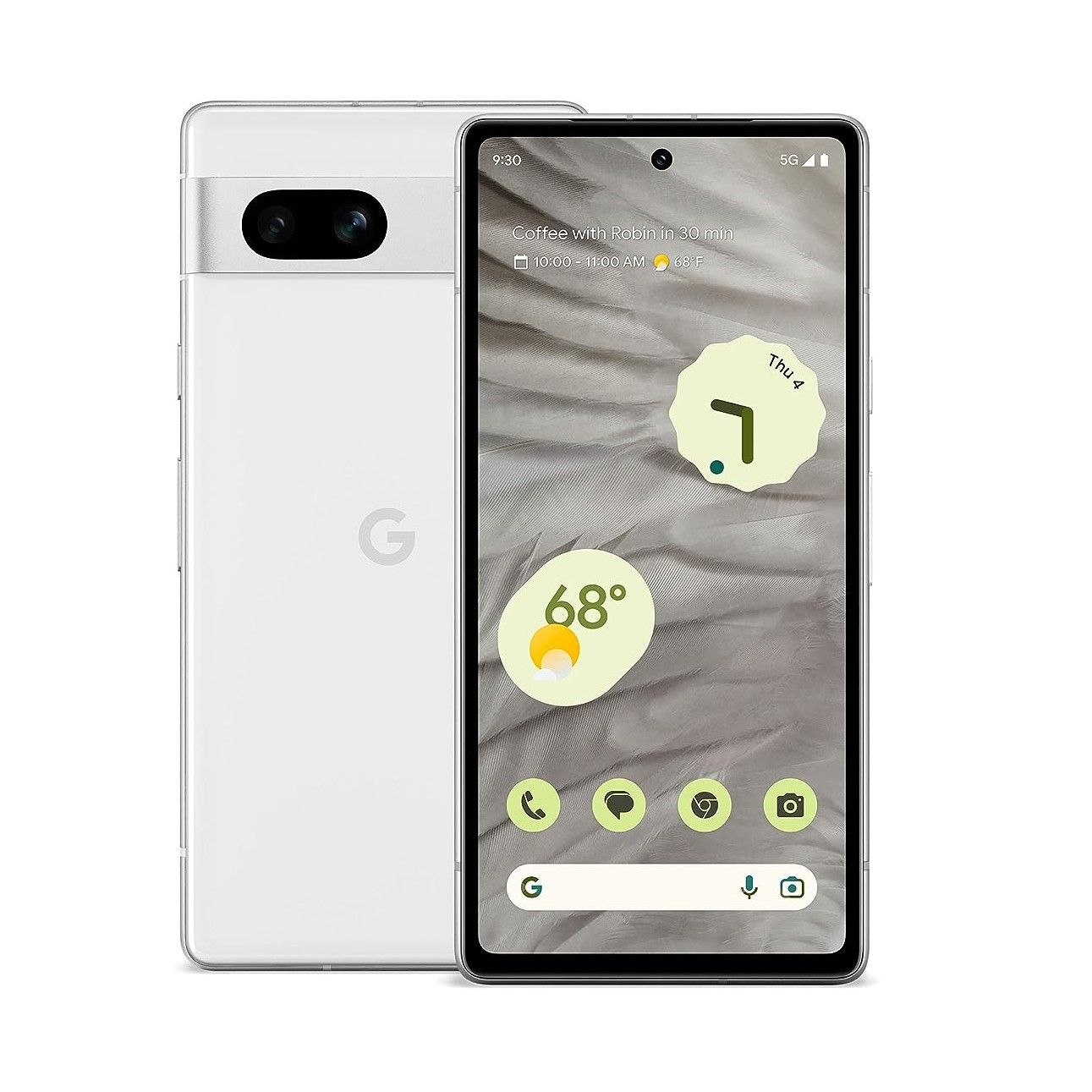
google pixel 7a
$349 $499 Save $150
If you’re looking for a new device in the mid-range price range, the Google Pixel 7a ticks all the boxes. It has a great camera system, strong power, great software support, and great battery life. The price may be mid-range, but overall it feels closer to its flagship sibling.

